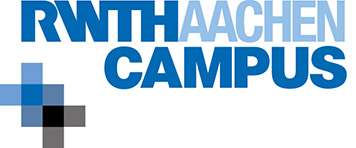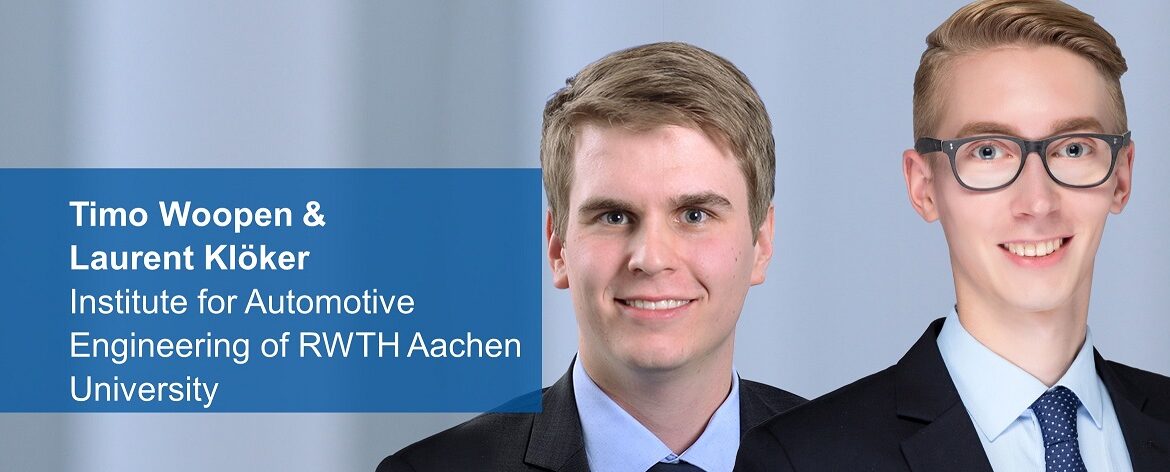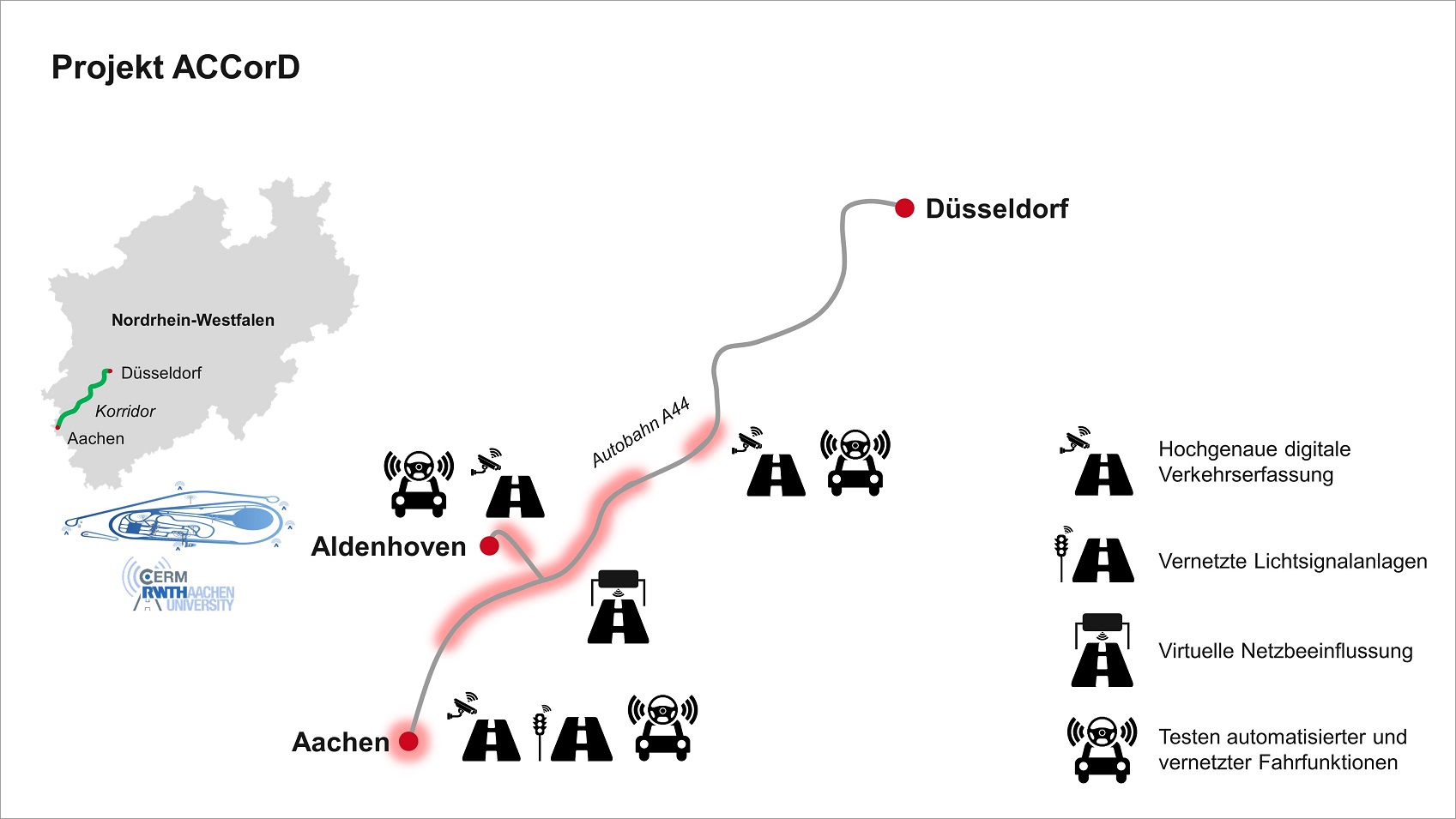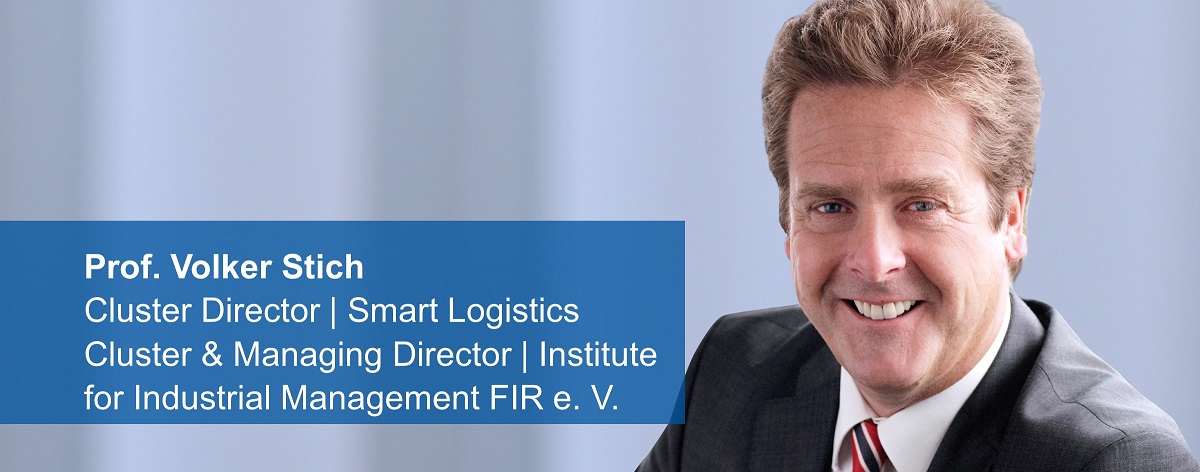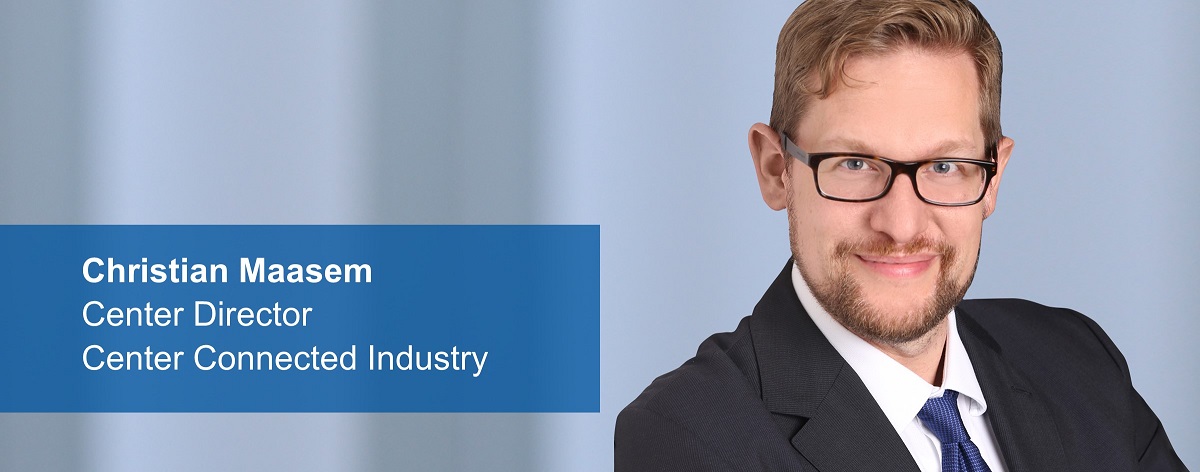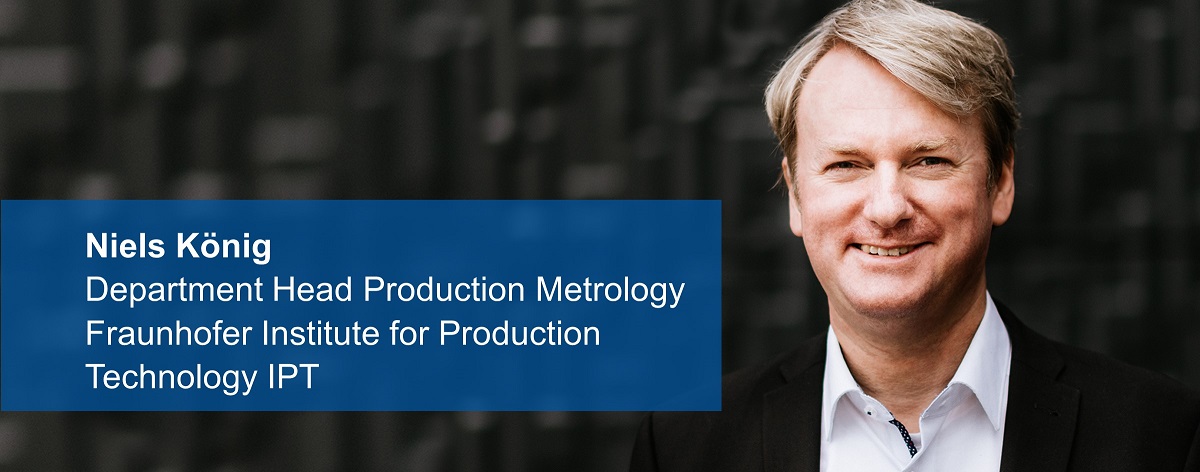21. July 2021
Interview with Timo Woopen and Laurent Klöker | Institute for Automotive Engineering (ika) at RWTH Aachen about automated and autonomous driving with 5G

ika
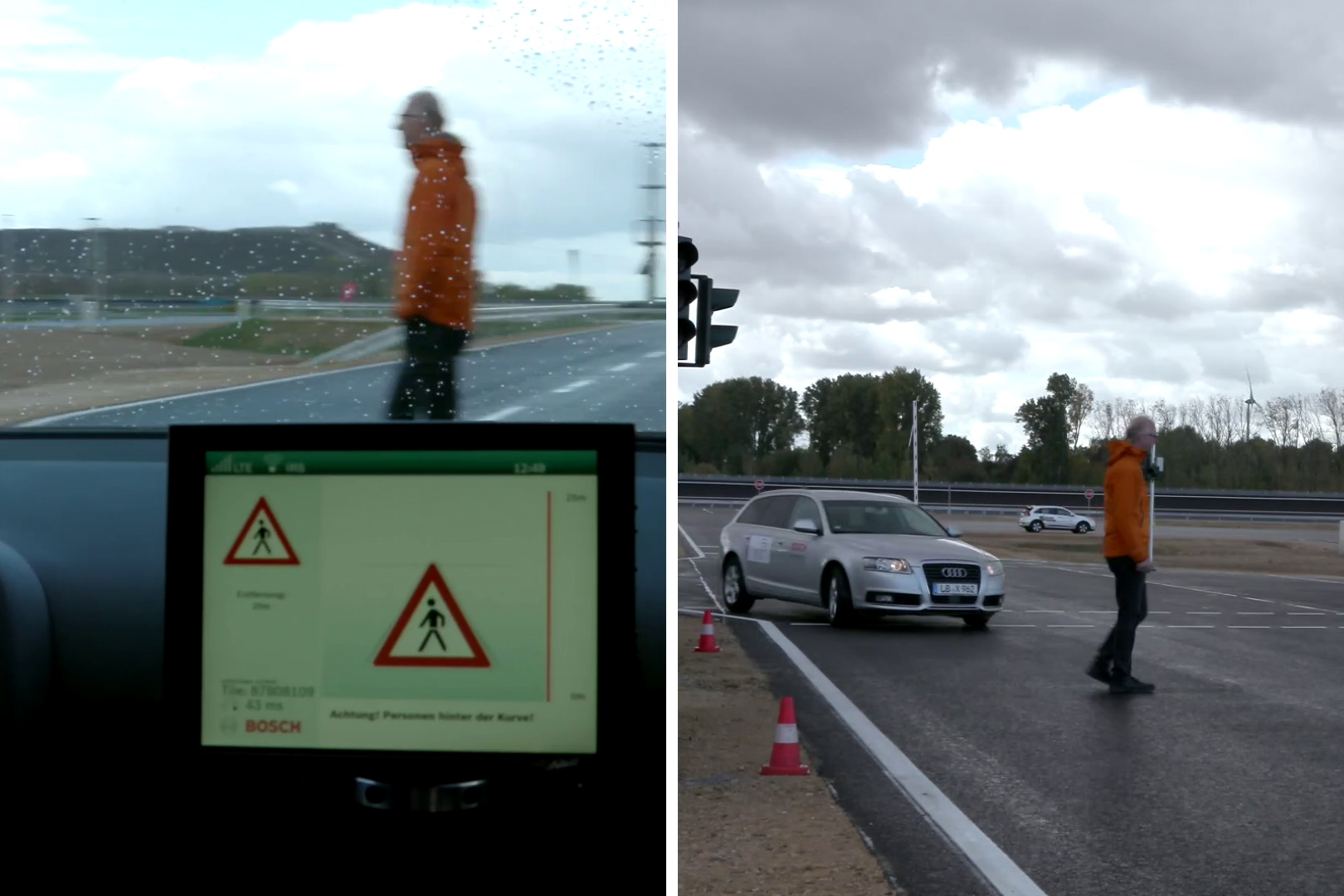
ika
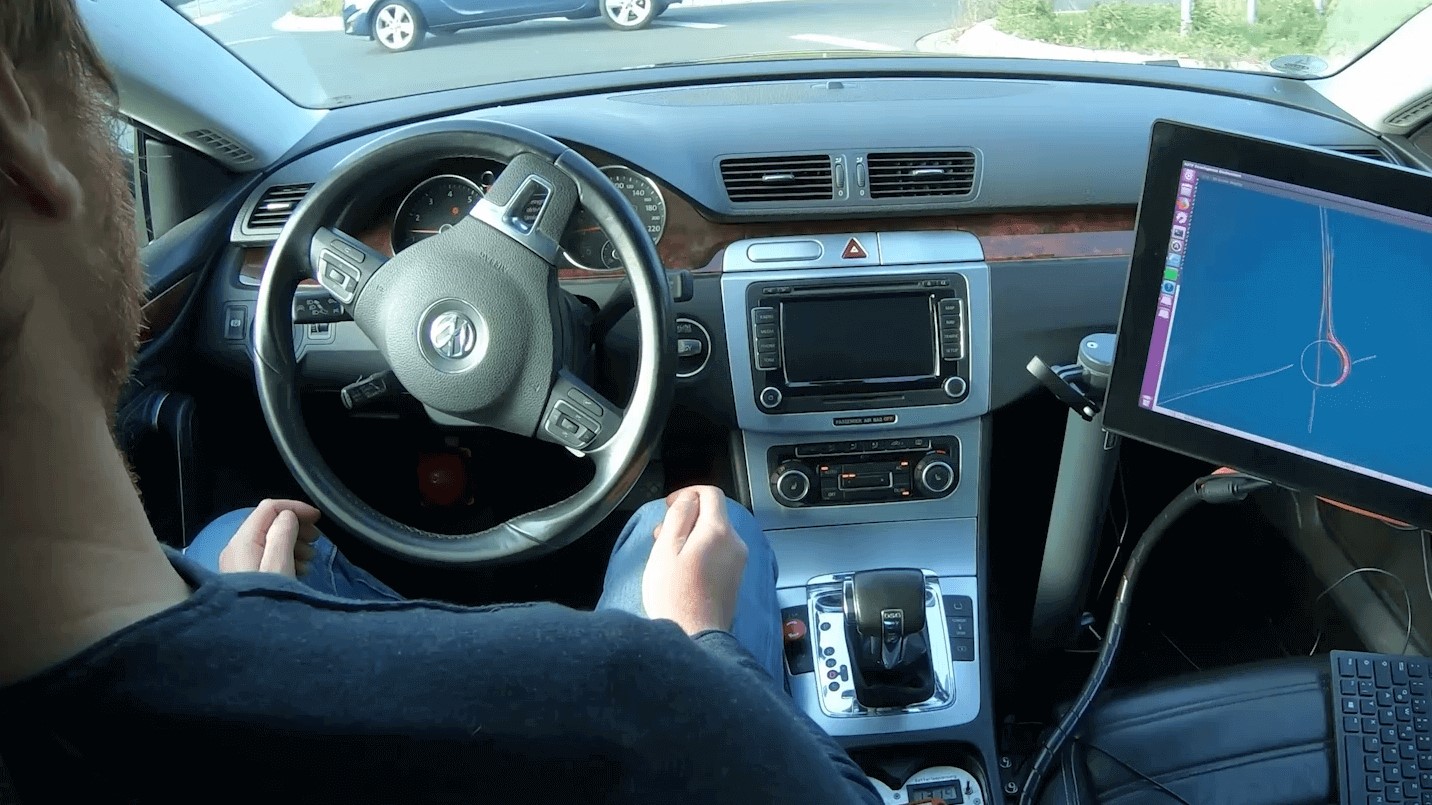
ika
The project is scheduled for completion on December 31 of this year. What comes next? Under no circumstances will the sensors be taken down, the test fields are definitely to remain in place, Klöker and Woopen explain. The plan is to build on the work done with various partners from research and industry over a period of several years in further projects.
Is Germany a particularly innovative location in terms of mobility? “Germany definitely is a place, where a lot of innovative things happen”, is the spontaneous response of Laurent Klöker, but then he qualifies: “We cannot compare with the US, because the means available there are in an entirely different league.” Nevertheless, he feels that Germany is on the right track in terms of the mobility revolution. Timo Woopen adds a positive mention of the cooperation and competition of German universities as part of the joint project UNICARagil involving eight German universities and eight industrial partners. RWTH Aachen University wants to claim leadership in the field of mobility, says Woopen. When it comes to automated driving, a highly complex topic, the field is a lot closer together. “Many institutes pool all their know-how, which is generally not very common, but which is a great sign for things to come.” This topic is not about any individual person or instance”

